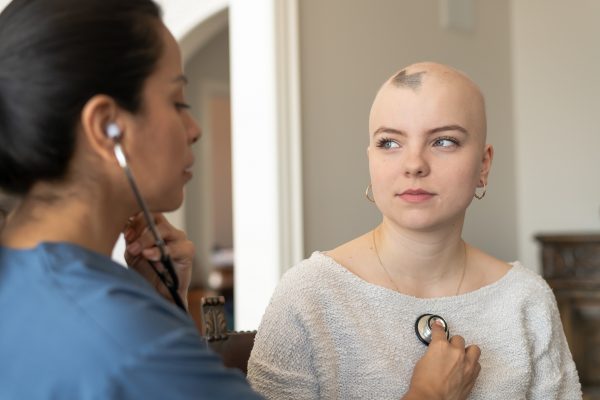
The primary analysis of ELIANA revealed encouraging overall remission rates among paediatric and young adult patients with relapsed or refractory B-cell acute lymphoblastic leukaemia (R/R B-ALL) who were treated with tisagenlecleucel. A recent publication in the Journal of Clinical Oncology provides a 3-year update on this trial, demonstrating the long-term safety and effectiveness of tisagenlecleucel in this context. Based on these findings, tisagenlecleucel emerges as a promising curative option for paediatric and young adult patients with R/R B-ALL.
Paediatric and young adult patients with relapsed or refractory B-cell acute lymphoblastic leukaemia (R/R B-ALL) experience an increased risk of morbidity with each additional line of salvage therapy. Tisagenlecleucel is a CD19-directed chimeric antigen receptor (CAR) T-cell therapy approved for use in paediatric and young adults with R/R B-ALL and adults with R/R diffuse large B-cell lymphoma and R/R follicular lymphoma. In the primary analysis of the phase II ELIANA trial, tisagenlecleucel induced high remission rates (81%) within 3 months in paediatric and young adults with R/R B-ALL, with 59% of responders remaining relapse-free at 12 months. Furthermore, most adverse events (AEs) occurred during the first 8 weeks after infusion, and patients experienced significant quality-of-life (QOL) improvements. This article reports the updated efficacy outcomes and safety from ELIANA, with approximately three years of follow-up.1
The single-arm phase 2 ELIANA trial included patients with B-cell acute lymphoblastic leukaemia (3-21 years) who were in second or greater bone marrow relapse, chemorefractory, relapsed after allogeneic stem-cell transplantation (ASCT), or were otherwise ineligible for ASCT. Patients received a single intravenous administration of a target dose of 0.2-5×106 transduced viable T cells per kg for patients weighing ≤50 kg or 0.1-2.5×108 transduced viable T cells for patients weighing more than 50 kg. The primary outcome was the proportion of patients who achieved remission.2
After a median follow-up of 38.8 months, the overall remission rate was reported at 82% within 3 months. The median event-free survival was 24 months, and the median overall survival (OS) was not reached. At 3 years, the event-free survival and OS rates were 44% and 63%, respectively. No new or unexpected long-term AEs were reported. Over time, there was a reduction in the percentage of patients experiencing grade 3/4 AEs. Specifically, 83.5% of patients experienced grade 3/4 AEs within 8 weeks after infusion, while the proportion dropped to 49% between 8 weeks and 1 year, and further decreased to 29% after more than 1 year. The most frequent grade 3/4 AEs occurring >1 year after infusion were infections (20.4%) and skin disorders (6.1%).1
These findings demonstrate favourable long-term safety and suggest tisagenlecleucel as a curative treatment option for heavily pretreated paediatric and young adult patients with R/R B-ALL.1
References